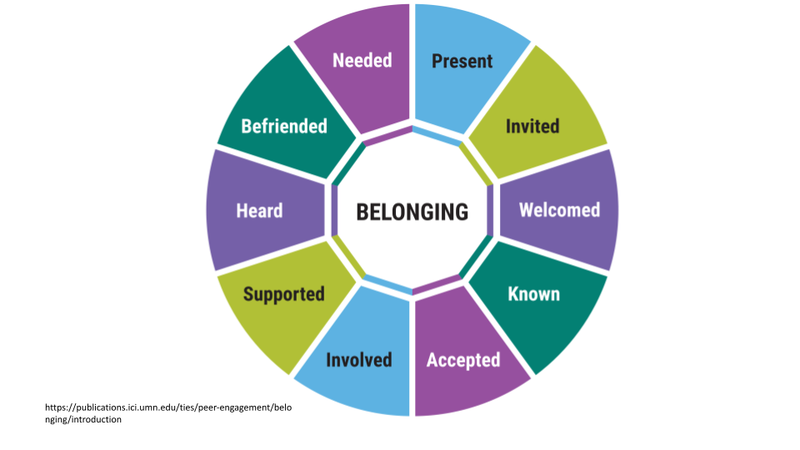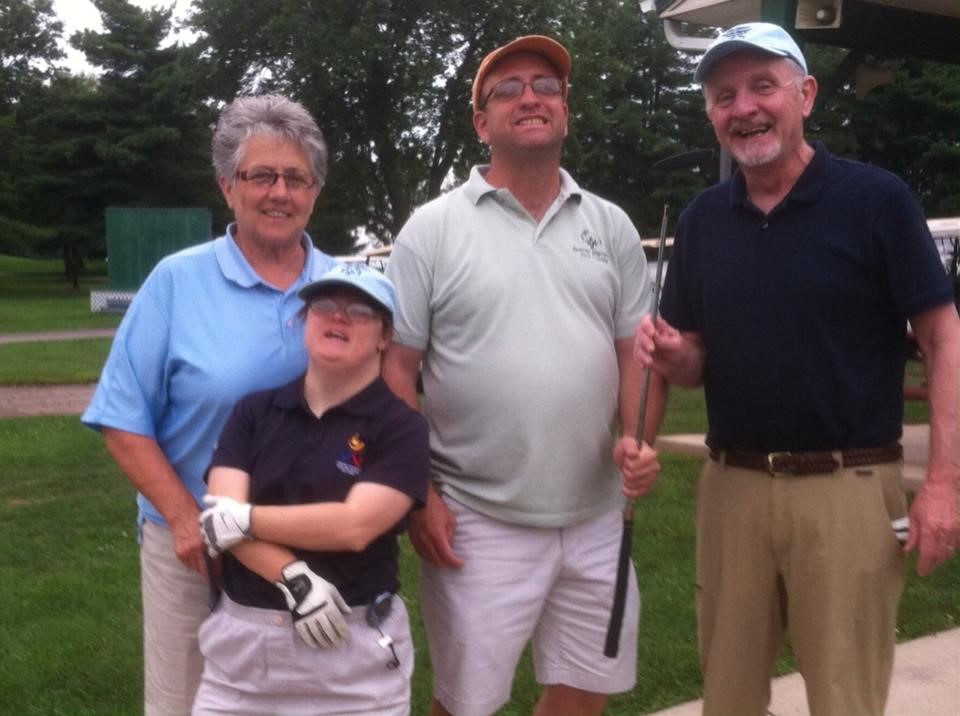Dimensions of Belonging: Becoming a Part Of not Apart From Communities

Two guys named Elmer were an important part of my life. One was apart from the community for much of his life. The other became and remained a valued part of the community.
Elmer W., my grandfather, was a successful family and community member and a skilled farmer until he wasn’t. His mental disorder lead to isolation and institutionalization. His treatment journey spanned decades and included numerous extended hospital stays including years at the Harrisburg State Hospital. He enjoyed music and loved candy. Some in the community rejected him. Most in the community forgot about him.
Elmer S., my great uncle, was born with an intellectual disability. The medical wisdom of the day suggested that he should be institutionalized for his own good and that of the family. My great grandparents rejected this notion and he lived with family throughout his lifetime. For a while he survived and then, for decades he thrived. The joys of his life included his church, the Phillies, his dog Poochie, farming, crafting, reading, eating popsicles and especially family gatherings. Most in the community knew and appreciated him.
A sense of belonging was a major distinction in the paths these two travelled. Elmer W. disconnected from the community. Elmer S. connected. Belonging does not occur magically. There’s a process. Erik Carter identified “dimensions of belonging” and related them to individuals with disabilities connecting with faith communities-
Along with Elizabeth Biggs he related the dimensions to school communities-
https://publications.ici.umn.edu/ties/peer-engagement/belonging/introduction
I have adapted the dimensions of belonging for individuals with disabilities as “participants” in community recreation services. For each dimension listed below there is a question to answer. How is your community and the programs/services you offer doing right now in the area? What could you be doing differently or better in each area?
Present
Are participants involved in all of the same spaces and activities as their peers?
Invited
Is the presence and participation of participants actively sought out and encouraged by others at their park/community center?
Welcomed
Are participants received by others at the park/community center with warmth, friendliness, and authentic delight?
Known
Are participants viewed as unique individuals, recognized by their strengths, and appreciated for who they are?
Accepted
Are participants embraced without condition and viewed as equals by their peers?
Involved
Are participants actively engaged with their peers in shared recreation and common goals?
Supported
Are participants given what they need to reach their full potential and truly thrive?
Heard
Are the perspectives of each participant sought out, listened to, and respected by others?
Befriended
Have participants developed relationships with their peers that are marked by mutual affection and reciprocity?
Needed
Are participants valued by others and considered to be indispensable members of the community?
In conclusion consider one or two actionable steps you’re going to take to ensure that all participants in your programs have the opportunity to belong. Connection creates opportunities!
Reference
- Carter, E. W., & Biggs, E. E. (2021). Creating communities of belonging for students with significant cognitive disabilities (Belonging Series). Minneapolis, MN: University of Minnesota, TIES Center.
Unified Sports in Special Olympics and Best Buddies programs can promote the notion of doing things with not just having things done for individuals with disabilities:

